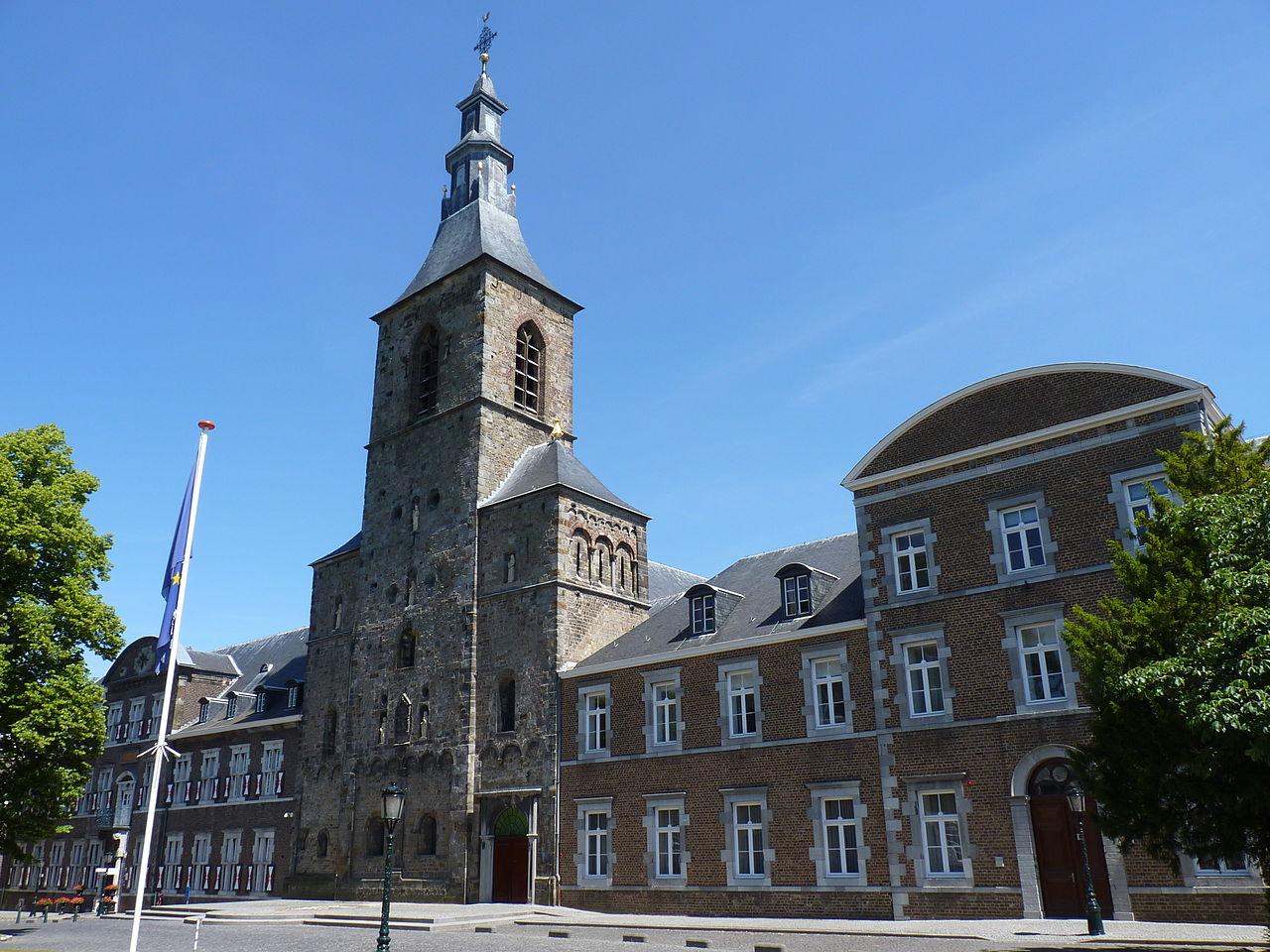Rolduc Abbey
Rolduc Abbey is a former abbey from the 12th century, which is said to have been founded in 1104 by Pastor Ailbertus van Antoing. In addition to the abbey church, the vast complex includes an abbey building in Mosan Renaissance style (abbey wing and water tower, 1671), an 18th-century Baroque abbey wing, the monastery farm dating largely from the 18th century and other economic buildings. The crypt of the abbey church is famous for its 12th century carved capitals, which are among the highlights of Mosan art. The Romanesque columns themselves, sometimes spiral-shaped or decorated with zigzag patterns, are of great beauty.



